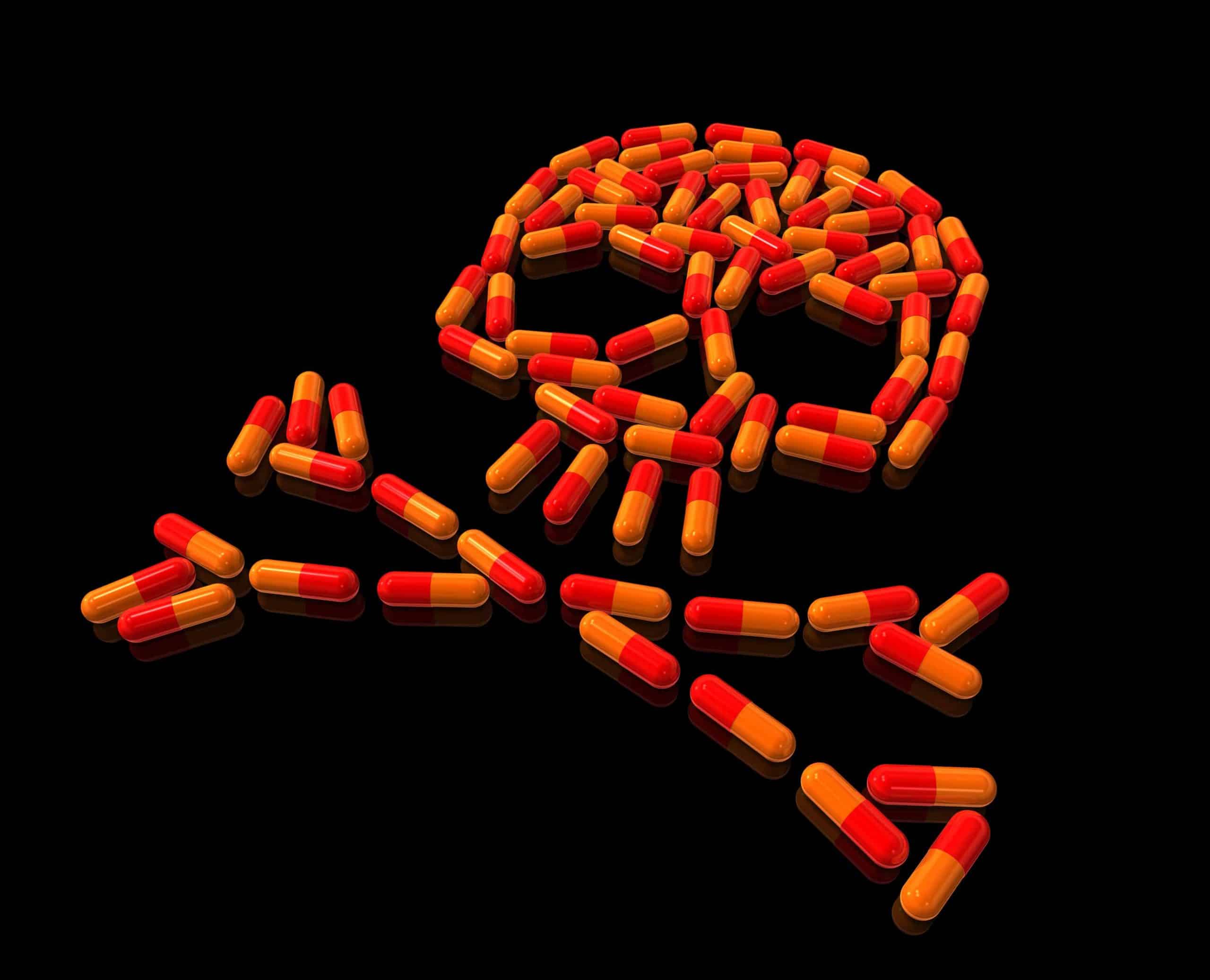“There is a perception among society and among families that a woman who is addicted is more deviant than a man who is addicted. I think that for women, addiction tends to be a more shameful and secret thing than it may be for men, and there may be less likely to reach out for help.” ~ Dr. Meldon Kahan, Medical Director of the Substance Use Service Women’s College Hospital If you’re like most people, you have a stereotypical image in your mind of what a “drug addict” is supposed to look like – dirty, disheveled, desperate, and dangerous. If you were to be asked, you would guess that you could EASILY point out a drug abuser on the street. In all probability, you would be WRONG. Addicts of all types look just like everybody else. In fact, according to a recent study by Geisinger Health System, the demographic group most at risk of prescription opioid overdose is made up of white, middle-aged women.
Statistics Tell a Sobering Story about Overdosing
The study came from examining over 10 years’ worth of health records, comprising some 1.2 million patients, and had a goal of predicting which people are most at risk of overdose from prescription opioids such as hydrocodone and OxyContin. Some of the findings were:
- The average overdose patient was 52.
- The majority of overdose patients were unmarried, unemployed females.
- More than a third – 35% – had at least one mental/personality disorder.
- Almost 10% of patients who overdose died within a year of the incident.
- Among overdose patients, only about one in 11 received the overdose reversal medication naloxone.
The findings from the study reflect national trends – between 1999 and 2010, almost 48,000 American women died of prescription drug overdoses. Other national statistics include:
- Since 1999, there has been a 450% increase in the number of opioid deaths among women.
- Women between the ages of 25 and 54 have ER visits because of opioids at a higher rate than other age groups.
- Almost 40% of women who use opioids are enrolled in a Medicaid program.
- The rate of opioid use among white women with Medicaid is 1.5 times higher than it is among blacks or Hispanics.
Why Do Women Have a Higher Risk of Opioid Abuse and Overdose?
Dr. Nora Volkow, Director of the National Institute on Drug Abuse, says, “Women are more likely to have chronic pain and be prescribed prescription pain relievers, be given higher doses, and use them for longer time periods than men.” There are several factors that contribute to the problem:
- Women have a higher percentage of body fat and a lower percentage of body water than men, both of which affect how the drug is metabolized
- A past personal or family history of drug addiction or alcoholism
- Mental or personality disorders –
- Women are 70% more likely to suffer from depression than men
- They are twice as likely to struggle with anxiety
- Posttraumatic Stress Disorder (PTSD) due to sexual abuse, violence, or childhood trauma
“Many women who have a history of childhood abuse or neglect are at risk for developing a problem if their prescribed opioids for chronic pain because they will find that the opiates relieve that anxiety and their bad memories,” says Dr. Kahan. But the most common reason for women becoming addicted to opioids is because of a legitimately-prescribed pain drug. Most people who develop a dependence on and then an addiction to painkillers started out taking them for an actual chronic condition. Dr. Kahan continues, “Most of the time, they started opiates for chronic pain, and then they had a reaction to it, and they ended up being addicted to it. So in a way, addiction is a complication of medical therapy. It’s not like they intended to misuse the drug.”
What Can Be Done for a Woman Who Is at Risk or Already Addicted to Opioids?
The best way to reduce your risk of opioid dependence or addiction is to have an open conversation with your physician about alternatives to painkillers –
- Diet/weight loss
- Exercise
- Yoga
- Massage
- Meditation
- Non-opioid pain relievers
For someone who is already dependent upon or addicted to opioid painkillers, there are opiate substitution programs that can help. This type of treatment eases withdrawal symptoms and helps the person manage cravings by substituting different opioids that have a lower potential for diversion and abuse, such as methadone or Suboxone.
The most important thing is to begin treatment as soon as possible, to reduce the risk of both a worsened addiction and potential overdose. Dr. Kahan says, “Treatment is very effective for most patients, and if they are able to get treatment, their pain and their mood and their function will improve. So the sooner they’re able to access treatment, the better it is for them.”

